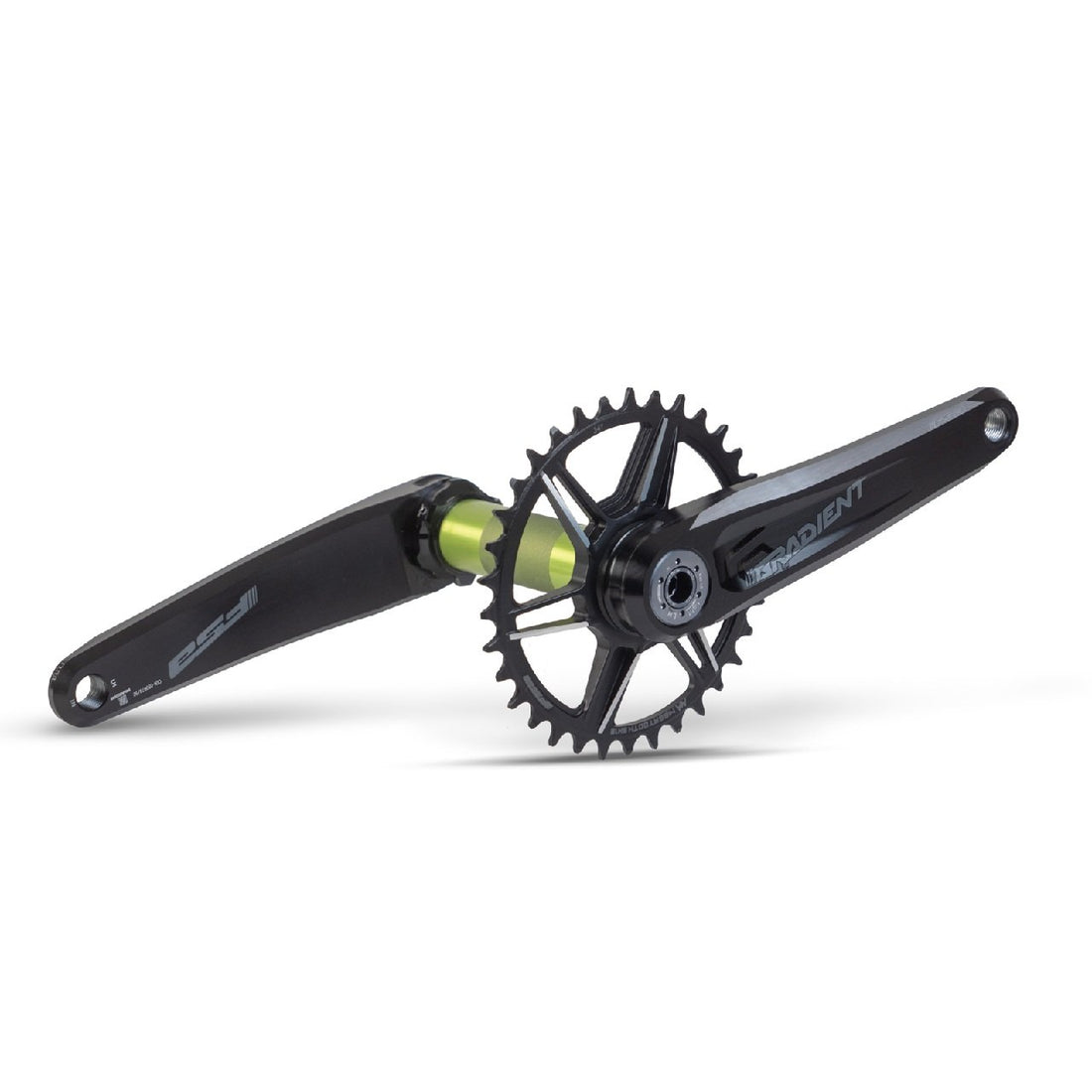
Choosing the Right Crank Arm Length for Optimal Cycling Performance | Boyer Cycling
Choosing the Perfect Crank Arm Length for Every Ride: A Guide
When it comes to maximizing your cycling performance, even the smallest details can make a significant difference. One such detail is selecting the right crank arm length for your bike. While often overlooked, crank arm length affects your comfort, efficiency, and power transfer, making it an essential consideration for every cyclist. In this guide, we'll delve into how to choose the correct crank arm length based on your riding style and why it matters.
Why Crank Arm Length Matters
Crank arms are the levers that connect your pedals to the bottom bracket, translating your leg power into forward motion. Their length affects:
- Pedaling efficiency: Too short or too long, and you may compromise your power output and cadence.
- Comfort: Poor crank arm fit can lead to knee pain, hip strain, or general discomfort on longer rides.
- Bike fit: An optimized crank length complements your riding position and overall geometry.
Understanding the importance of crank arm length is step one in achieving a harmonious balance between bike and rider.
Crank Arm Lengths for Different Types of Riding
There is no one-size-fits-all when it comes to crank arm length. The ideal length depends on your specific riding discipline, your physique, and your goals. Below is a breakdown of recommended crank arm lengths for various types of cycling:
|
Riding Style |
Typical Crank Arm Lengths |
Why These Work Best |
|
165mm-175mm |
Provides a balance of power and cadence for sustained efforts and high-speed flats. |
|
|
165mm-170mm |
Shorter arms avoid pedal strikes on rough terrain, improving clearance and control. |
|
|
Track/Velodrome |
165mm-167.5mm |
Prioritizes high cadence and explosive sprints in fixed-gear setups. |
|
Gravel Cycling |
165mm-172.5mm |
Allows for adaptability on varied terrain without compromising efficiency. |
|
Time Trials/Triathlon |
165mm-172.5mm |
Encourages an aerodynamic position with reduced hip flexion while maintaining power. |
How to Choose the Right Crank Arm Length
Follow these steps to zero in on the optimal length:
- Consider Your Height and Leg Length: Taller riders with longer legs generally benefit from longer crank arms, while shorter riders may prefer shorter ones for better cadence and comfort.
- Assess Your Riding Goals: Are you looking for maximum power, agility on trails, or an aerodynamic position? Your riding style plays a key role.
- Test Different Lengths: Many bike shops offer adjustable cranks or demo setups. Experimenting can help you find the sweet spot.
- Seek Expert Advice: If you're unsure, consult a professional bike fitter who can analyze your physiology and riding preferences.
The Benefits of the Right Crank Arm Length
Once you've selected the perfect crank arm length, you can look forward to:
- Improved power transfer and pedaling efficiency.
- Enhanced comfort, especially on long rides or technical terrains.
- Reduced risk of overuse injuries related to poor bike fit.
Final Thoughts
Choosing the correct crank arm length is about optimizing your connection to the bike. Whether you're chasing podiums, conquering trails, or enjoying weekend rides, the right crank arms ensure you're pedaling at your peak.
At Boyer Cycling, we're passionate about helping every cyclist find their ideal setup. Stop by or reach out to learn more about our expert fitting services, and take the guesswork out of your crank arm selection. Ride better, ride longer, and ride happier with the perfect fit.
